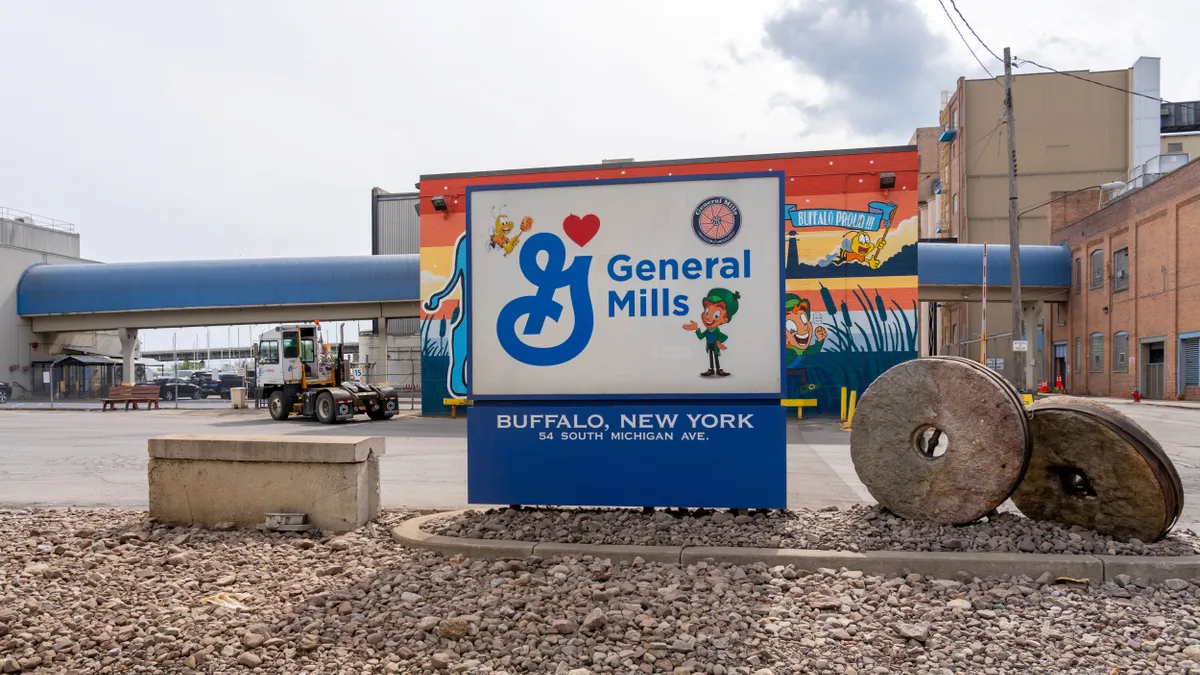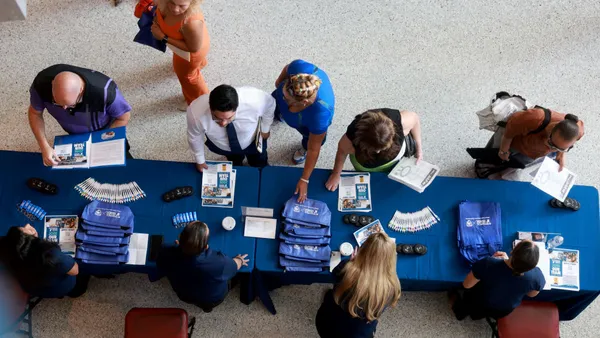The future of technology is both upon us and before us. In the past, companies used to consider virtual reality, blockchain and artificial intelligence as part of a science fiction world. But, as Peter Sondergaard, SVP and global head of Gartner Research, said at the Gartner Symposium/ITxpo in Orlando, FL this week, "all approached gradually and arrived suddenly."
So, in a permanent state of upgrade in an increasingly digital world, the future has arrived again. And IT executives are going to have to learn to deal with it. As the CIO role has changed and as more departments individually roll out technology solutions, CIOs have remained relevant by influence, rather than control in the enterprise.
While companies want to drive modernization, and look toward the adoption of newer, more promising technology, organizations still have to keep core systems running. This has led to the creation of a bimodal IT strategy and leadership model in the enterprise, Gartner analysts said.
A bimodal strategy comes in two "modes," one dedicated to "planning and predictable change" while the other focuses on "experimental and disruptive change," said Daryl Plummer, managing vice president and Gartner Fellow, speaking at the Symposium.
"Mode 1 is like being married for 20 years. You know what to expect and it's comfortable, most of the time," said Plummer. "Mode 2 is like teenage dating, a lot of uncertainty and way, way too many Snapchats."
That focus on both existing and future technology can help organizations innovate and adapt to the rise of new technologies, which show promise but require organizational flexibility and patience in their adoption.
The flexibility to bring on future tech can expand outside of IT through the rest of the enterprise. For CIOs, an enterprise-wide organizational model that goes beyond traditional IT is becoming almost obligatory.
"You can't expect everything to change around you without your enterprise changing as well," Sondergaard said. That change will drive the creation of cross-functional teams and business units to craft systems and implement new technologies in a way that the entire enterprise can capitalize from.
The IT business asset
The role of the CIO has demanded increased cooperation across the business to drive modernization efforts. "Leading organizations work jointly with the business to invest in technology," Sondergaard said. That way, businesses are constantly budgeting for digital improvement rather than allowing for systems to return to states of neglect.
By 2017, Gartner projects that worldwide IT spending will reach $3.5 trillion, driven by software and IT services. The increased investment in technology, which allows for a potential competitive market advantage, will put IT in focus in the enterprise.
As IT is considered more of a business asset, not a cost, organizations can work to implement solutions that will make the enterprise more effective and in tune to user needs. Top performing IT organizations receive higher increases in budgets than trailing organizations by a factor of five, according to Gartner research.
Those top performers are also the best at taking cost out, which in turn allows for more trust and investment from the business.
New digital platforms are also leading CIOs to focus on parts of the business they may not before have considered under their purview. One of these areas is customer experience.
"Customer experience is not just the integrated, multi-channel approach," Sondergaard said. "Leaders are already good at that. That is no longer enough."
Whether it's AR or VR, or other tech not yet dreamed of, businesses earn customer loyalty by moments, and CIOs are an integral part in shaping that experience.
"The relationship you have with your customer is the relationship that your systems have with your customer in the moment," Sondergaard said. "Customer experience is the new battlefield for competitive differentiation."
CIOs also have to consider technologies such as IoT, which has skyrocketed the amounts of data transmitted in the enterprise. But "things are just things," practically useless without a software services system to allow businesses to capture value. That platform has to leverage that exponential growth in connections.
In 2010, during the age of the data center, infrastructure already supported 61 trillion connections, according to Sondergaard. As the cloud took off, billions of devices connected. Dynamic connections emerged at the rate of 54 million per second. By 2020, over 26 billion devices will be connected, with 250 trillion stable connections and 63 billion new ones every second.
Those devices and connections create massive amounts of data, which organizations are supposed to somehow support, manage and understand to drive business insights. IoT has already increased three orders of magnitude more data, which will quadruple over the coming data. For the IT organization, integration is a top priority to make sure businesses can handle the volume of data.
But how will organizations keep up with the deluge of data? The bulk of the analysis will stem from artificial intelligence and machine learning, which will generate results from the data that businesses can trust.
To create the high level of machined-based analytical insight, companies will task people with training the machines — not just code them — to produce outcomes that system designers did not explicitly imagine.




















